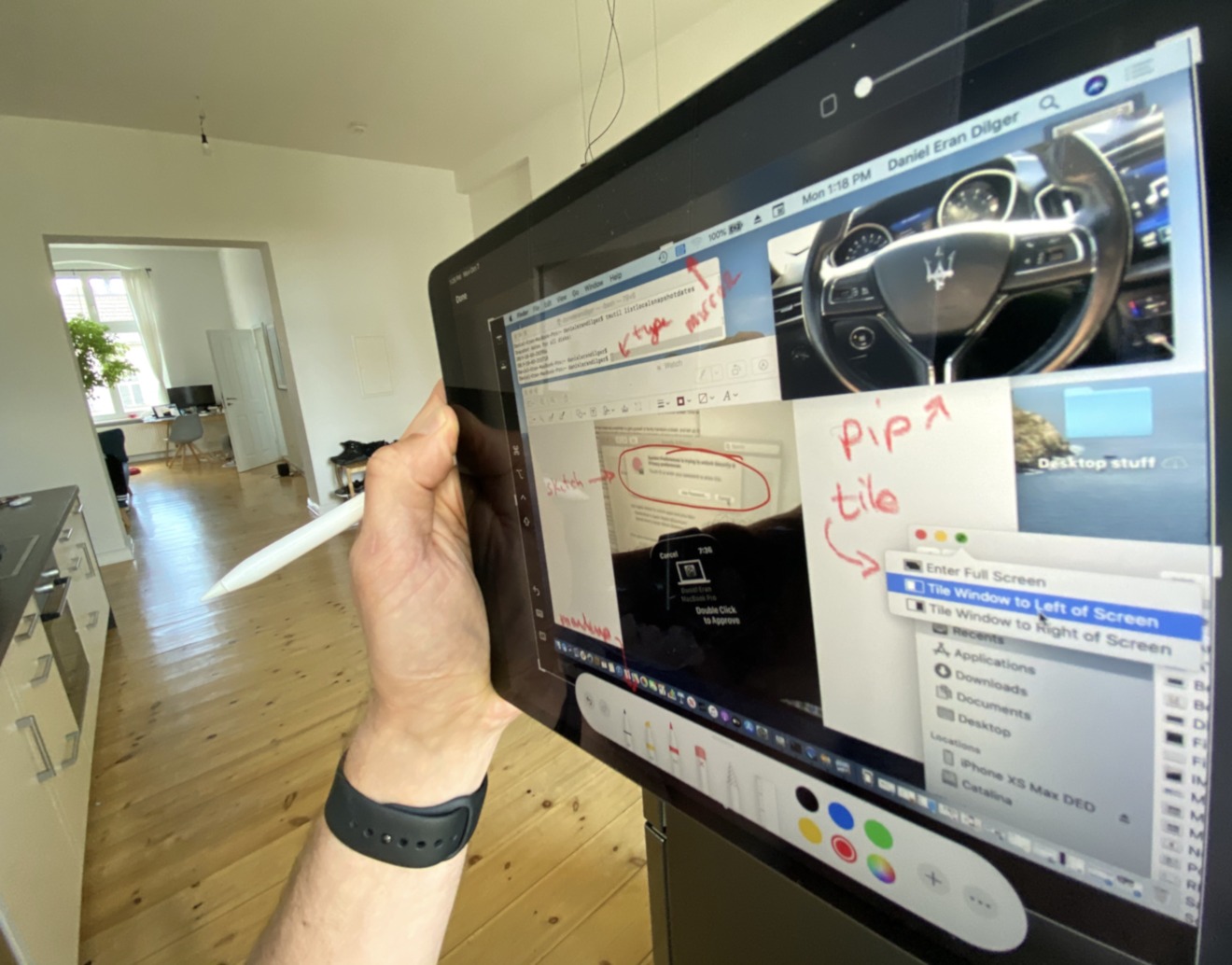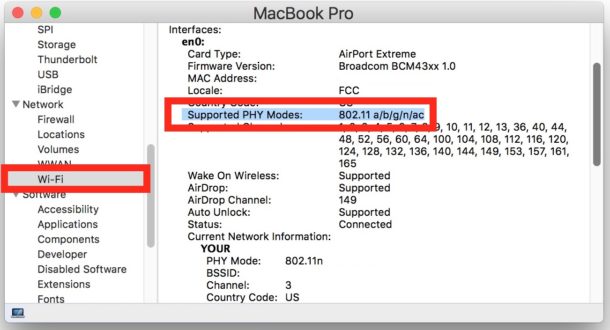Physics Holedown Sample App Mac OS
Physics Holedown Sample App Mac OS
From the success of Maths Formulas app, Physics Formulas has been developed and released to help users quickly refer to any Physics formulas for their study and work. This app displays most popular formulas in seven categories: - Mechanics - Electricity - Thermal physics - Periodic motion - Optics.
You must use GNU make, gnumake, for any EPICS builds. Set your path so that a gnumake version 3.81 or later is available.Perl
You must have Perl version 5.8.1 or later installed. The EPICS configuration files do not specify the perl full pathname, so the perl executable must be found through your normal search path.

Unzip and tar (Winzip on WIN32 systems)
You must have tools available to unzip and untar the EPICS base distribution file.
Target systems
EPICS supports IOCs running on embedded platforms such as VxWorks and RTEMS built using a cross-compiler, and also supports soft IOCs running as processes on the host platform.
vxWorks
You must have vxWorks 5.5.x or 6.x installed if any of your target systems are vxWorks systems; the C++ compiler for vxWorks 5.4 is now too old to support. The vxWorks installation provides the cross-compiler and header files needed to build for these targets. The absolute path to and the version number of the vxWorks installation must be set in the base/configure/os/CONFIG_SITE.Common.vxWorksCommon file or in one of its target-specific overrides.
Consult the vxWorks 5.x or vxWorks 6.x EPICS web pages about and the vxWorks documentation for information about configuring your vxWorks operating system for use with EPICS.
RTEMS
For RTEMS targets, you need RTEMS core and toolset version 4.9.2 or later.
GNU readline or Tecla library
GNU readline and Tecla libraries can be used by the IOC shell to provide command line editing and command line history recall and edit. GNU readline (or Tecla library) must be installed on your target system when COMMANDLINE_LIBRARY is set to READLINE (or TECLA) for that target. EPICS (EPICS shell) is the default specified in CONFIG_COMMON. A READLINE override is defined for linux-x86 in the EPICS distribution. Comment out COMMANDLINE_LIBRARY=READLINE in configure/os/CONFIG_SITE.Common.linux-x86 if readline is not installed on linux-x86. Command-line editing and history will then be those supplied by the os. On vxWorks the ledLib command-line input library is used instead.
- WSJT-X is a computer program designed to facilitate basic amateur radio communication using very weak signals. The first four letters in the program name stand for “Weak Signal communication by K1JT,” while the suffix “-X” indicates that WSJT-X started as an extended and experimental branch of the program WSJT.
- Complete Physics is an app for any student planning to learn or become good in physics. The main reason behind this app is to make students better in physics. You can learn with the tutorials that covers wide range of physics topics. Also it includes physics questions and a thought out solutions. This app is enhance with a physics quiz to help.
Windows (Vista/7/8/10), Mac OS X (10.7.3 or higher) users, and Raspberry Pi users can install the Energy2D app using the installers — Java installation is no longer required to run the app on those two operating systems. Users of Linux, old Windows (2000/XP), or old Mac OS X (lower than 10.7.3) still must install Java before installing the Energy2D app and must use the JNLP Installer (i.e., the Linux Installer). The Zip Installer (i.e., the Raspberry Pi installer) is provided as a fallback option in case all of the above installers fail.
Some users requested a version with a high-resolution grid other than the default 100×100. At this point, we haven't provided the ability to adjust this within the software. As a workaround, we are providing a pre-compiled version with a grid of 500×500. Note that this would slow down a simulation for 25 times. And some fluid dynamics simulations may yield different results. However, if you are only concerned with thermal conduction, the results should be fine. This version is provided as a jar file. To run it, you must install Java on your computer first and then double-click on the jar file to launch it.
This site is powered by the Energy2D applet. As of 2017, however, Java applets are no longer supported in the latest versions of most browsers (perhaps except Internet Explorer and Safari). We are currently working on converting the Energy2D applet into a JavaScript/HTML/CSS app. Meanwhile, if you still would like to view the simulations on this site using a supporting browser, you have to install Java first. For security reasons, it is strongly recommended that you download the latest version of Java from java.com. Your anti-virus software should allow applications from the energy.concord.org domain to run.
You can embed an existing Energy2D simulation in a Web page. However, this is not recommended as the Java plugin to browsers has been deprecated. If you still need to rely on applets, just copy the following code and embed it in your blog or wiki:
<applet archive='http://energy.concord.org/energy2d/energy2d-applet.jar' code='org.concord.energy2d.system.System2D' codebase='http://energy.concord.org/energy2d/' height='500' width='500'>
<param name='script' value='load e2d/reynolds.e2d;'/>
<param name='permissions' value='all-permissions'/>
<param name='MAYSCRIPT' value='true'/>
<applet/>
This way you can embed any simulation from our website in your web pages. Check out two embedded applets in a blog post.
An advantage of embedding existing simulations from our website in your HTML files is that they can be run locally — you do not have to put your HTML files on a server (they will still work if you put them on a server, of course). Here is an example HTML file that you can download and modify for your own use.
If you need to deploy the Energy2D applet on your own servers or embed it in your own online courses, download energy2d-applet.jar and copy the following HTML code:
<applet archive='energy2d-applet.jar' code='org.concord.energy2d.system.System2D' width='500' height='500'>
<param name='script' value='load yourmodel.e2d;'/>
<param name='permissions' value='all-permissions'/>
<param name='MAYSCRIPT' value='true'/>
<applet/>
yourmodel.e2d is an Energy2D simulation you create and name using the desktop app. You can download a sample .e2d file from here and use it to test your applet. You can arbitrarily adjust the width and height parameters in the above code to set the size of the applet window. Energy2D will rescale to any size you set.

Physics Hoedown Sample App Mac Os X
For the Energy2D applet to work, your school's computer networks must allow energy-applet.jar and *.e2d files to go through your firewalls or antivirus systems.
If you are creating interactive Web content, you will also need a JavaScript file, energy2d.js for enabling interactions between Energy2D and other Web widgets. This file needs to be included in the head of your HTML page:
<script type='text/javascript' src='energy2d.js'></script>
Energy2D has many internal script commands that can be used in conjunction with JavaScript for Web development, as demonstrated by the online simulations on this website.
You can download the Java source code of Energy2D from Github.
Physics Hoedown Sample App Mac Os Download
Although Energy2D is licensed to you under the MIT License, the license does not extend to the simulations you have created. Just like you own a document you wrote using Microsoft's Word, you own a simulation you designed using Energy2D. So feel free to distribute your simulations in the way you need.
Physics Holedown Sample App Mac OS
